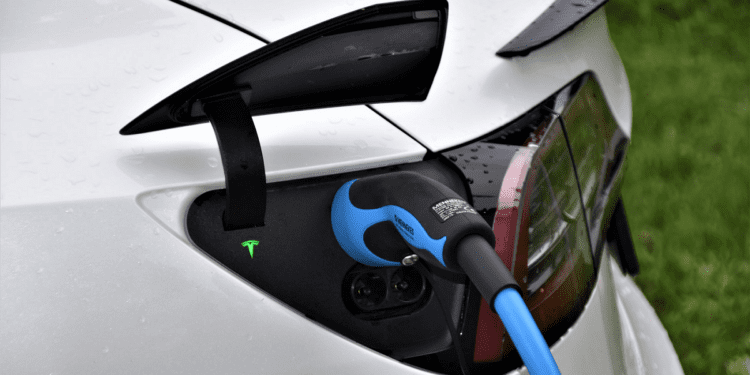A major part of Elon Musk’s Battery Day presentation focused on lithium and Tesla’s plans to move upstream into the mining industry. As part of their effort to integrate their battery supply chain vertically, the company has already acquired a 10,000-acre lithium deposit in Nevada, USA.
Industry analysts are not overly hyped about Musk’s plans – both on the availability of US lithium reserves and the proposed new extraction methods. According to Drew Baglino, Tesla’s SVP, Powertrain and Energy Engineering, they have developed a lithium extraction method using sodium chloride – “simply” consisting of mixing clay and salt and then removing the salt after bathing the mixture in water. Wood Mackenzie analysts though are skeptical about this proposed method, stating that it needs to be proven at a commercial scale for the industry to take it seriously. The analysts explain, “It is very difficult to believe that all the world’s mineralogy and processing experts would not have realized it was so simple to extract lithium this way. Many new methods of extracting lithium have been discussed in recent years as the needs of electrification have been realized. Most have numerous challenges. It would be surprising, although of course not impossible, for Tesla to discover the ‘Holy Grail’ of extraction so soon.” Joe Lowry, President of Global Lithium LLC notes that this process has been tried, unsuccessfully, in China already.
In an updated announcement on September 28th, Tesla clarified their move into Lithium in that they will be building a lithium hydroxide chemical plant in Texas, marking the first move by a car company into lithium chemical production. The plan is to build a spodumene conversion facility, in addition to a cathode facility, as part of their greater cell production plan. The process Tesla intends to use to create lithium hydroxide was also clarified – they will be using a hydrometallurgical process which eliminates the need to use sulphuric acid. This process has yet to be commercially proven, although it has been demonstrated in pilot-scale plants.
The clarification on Tesla’s lithium hydroxide plan came on the back of the announcement that Piedmont Lithium entered into an off-take agreement with Tesla for “approximately a third” of its 160,000 tpa spodumene output every year, for five years.
On the back of Battery Day announcements regarding lithium, lithium producers shares fell last week, despite shares in other EV-exposed commodity producers gaining ground – mostly because of Musk’s comments on resource availability. “It’s important to note that there is a massive amount of lithium on earth. Lithium is not like oil – there’s a massive amount of it pretty much everywhere.” He went on to note that all US vehicles could be replaced with EVs using lithium sourced in America alone.
However, Tesla’s plans for fully in-house lithium supply are failing to gain ground with industry analysts. The US currently lacks sufficient lithium reserves to supply Tesla’s demand. Current federal figures put proven lithium resources at around 630,000 tonnes, which is much lower than what is available in other large lithium jurisdictions like Chile, Australia, or Argentina. Pavel Molchanov, Analyst at Raymond James notes that “If in fact the in-house mining plan is for real, it would be at best to look at this as a modest-sized complement to what will inevitably remain a high degree of reliance on third-party supply.” While secure and regional supply chains are a goal that many in the EV and batteries space are looking to achieve, the goal of producing all required lithium in the US is unreasonable to most industry analysts and commentators. Debates are now ongoing on whether the announcements at Battery Day were part of a PR stunt or genuine achievable goals and so we’ll keep watching to see which moves Tesla will make next.











